by Eric Hunting
Paracity is a new project of Marco Casagrande which promises to be one of the first full scale demonstrations of a practical peer-to-peer urbanism. Taking advantage of a unique situation on the Danshui River Island in Taipei, Paracity explores a notion of positive urban parasitism, using a novel, freely adaptive, modular, volumetric structural skeleton serving as an urban ‘backplane’ that can subsume otherwise neglected/devalued urban environments, in this particular case an area prone to frequent flooding. Based on a fairly large span cubic structural grid made of cross-laminated timber, this backplane accommodates adaptation and habitation by retrofit, allowing for several possible tiers of social participation in the habitat from the high-level peer-managed deployment of the backplane structure and its key infrastructure elements to the more spontaneous and personalized retrofit deployment of individual dwellings, industry, and commerce. Here we see a totally evolvable urban habitat able to almost spontaneously accommodate any potential change in situation, environmental conditions, urban and domestic technology, and baseline standard of living without the strife associated with an anachronistic presumption of architectural permanence leading to ready obsolescence. This is ‘city’ as a verb. A freely evolvable urban organism with a declared evolutionary imperative of transitioning older urban habitats toward sustainable integration with the natural environment. A Post-Industrial habitat growing on the compost of Industrial Age urbanism.
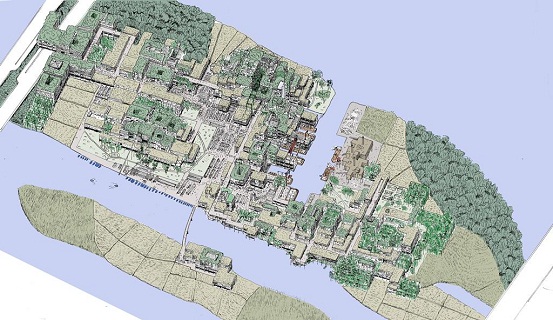
I find this project concept quite exciting because it incorporates many concepts I have been proposing and exploring for a long time. This is an urban development concept based on truly 21st century sensibilities, questioning the dominant presumptions about property, space, the role of architecture, and the role of inhabitants as creators and managers of their own habitat that characterize the inherent dysfunctions of contemporary cities. I have always wondered why cities are not designed with the practical sensibility of the network/data center–with a recognition of the simple reality that they persist as an application–an activity–in a constantly changing medium of hardware and technology. We are no longer limited by primitive construction technology with no means to adapt. Why then are cities commonly, physically, designed to dogmatically resist the constant evolution that is their very life-blood? It is this very resistance that is the root of their dysfunctions. The modern city is not a collection of architecture. It is not a physical thing. It is an epiphenomenon. An attractor to an emergent form, like consciousness is to the brain and like an operating system is to a cluster of computers.
Paracity’s architecture is most interesting in how it lays bare this paradigm. One might accuse it of being, superficially, a throw-back to the ‘plug in’ architecture of the ’60s, and perhaps this is one of the reasons for a choice of a more organic primary structural material rather than the steel frame and concrete systems of the past. But it is more like one of those transparent ‘visible body’ models that turns our perspective inside-out by bringing its urban backplane out into the open as an overt, visible, architectural feature to be embraced for its bounty of adaptive use possibilities. This habitat revels in its nakedness and its perpetually unfinished state.
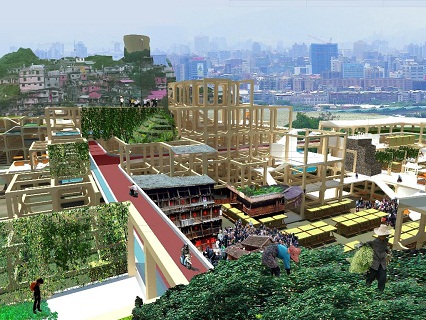
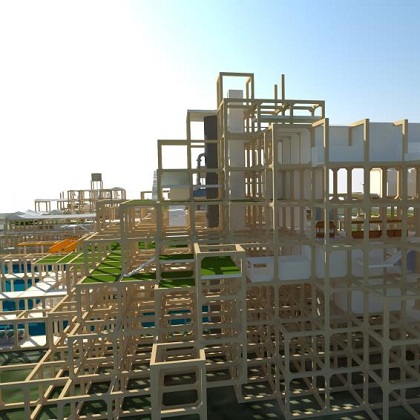
The personal computer ran into an evolutionary rut at the time when it had the most diversity of systems architectures, their very deliberate and often pointless incompatibilities wielded like clubs by corporate interests vying for monopolistic control of market share. It was the old Industrial Age mindset abusing a Post-Industrial technology with its quaint notions of value and fuddy-duddy ideas about how money is supposed to be made. The industry had to be dragged kicking and screaming into the realization that market share was, in fact, keyed to interoperability rather than propriety. That the personal computer existed in a non-zero-sum ecology and made more profit the more you shared and cooperated. Today we have but a few, mostly open, mainstream personal computer architectures and more physical diversity in design, a more rapid pace of advance, and greater potential for personalization and customization than was ever imagined possible in the late 1970s and early ’80s.
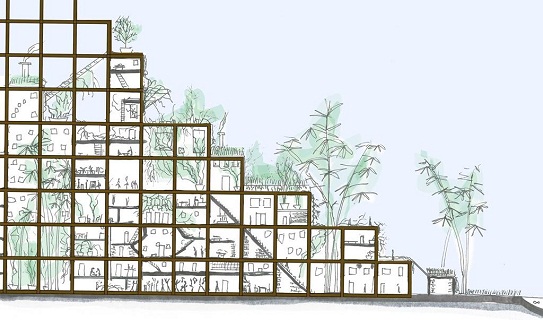
Relegated to an upper tier of peer organization largely independent of the individual human-scale retrofit use, the modular backplane of Paracity is not so much an overarching architectural scheme as it is a genome in which an unlimited number of urban situations can be ‘sequenced’, expressed, and evolved. It imposes order and standardization to facilitate its ease of use and change, but doesn’t impose any individual designer’s ego over the aesthetic of the habitat. It is not megalomaniaclemegabuild. It’s Lego.
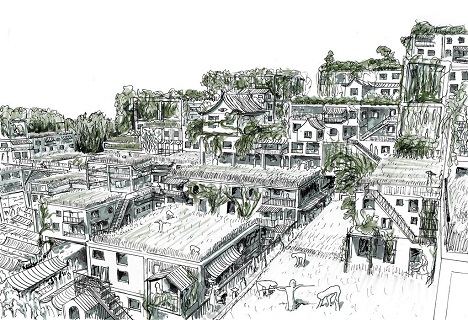
If realized, I think Paracity has the potential to be a breakthrough on many fronts. The community planned for Taipei promises to be a great opportunity for exploring peer-to-peer urbanism and the cultivation of a Post-Industrial culture rooted in the new technologies of alternative energy, sustainable resource use, urban farming, and independent production and economy. Being right in the midst of one of the world’s most important and cosmopolitan cities, the catalytic potential is great. It could be an opportunity for people from around the world to converge on the experimentation and demonstration of a very new urban lifestyle without the hassles and hardships of retreating to the remote edge-of-wilderness locations so many intentional communities are relegated to. And it offers the prospect of creating a package of systems–a vernacular–that, like an urban version of OSE’s Global Village Construction Set, can be freely disseminated through the medium of the internet and applied most anywhere. By virtue of the kind of technology used–the standardization and ready reproducibility and repurposing of this urban backplane–one could contribute to this project in many ways from anywhere in the world. This is most definitely a project to keep an eye on.